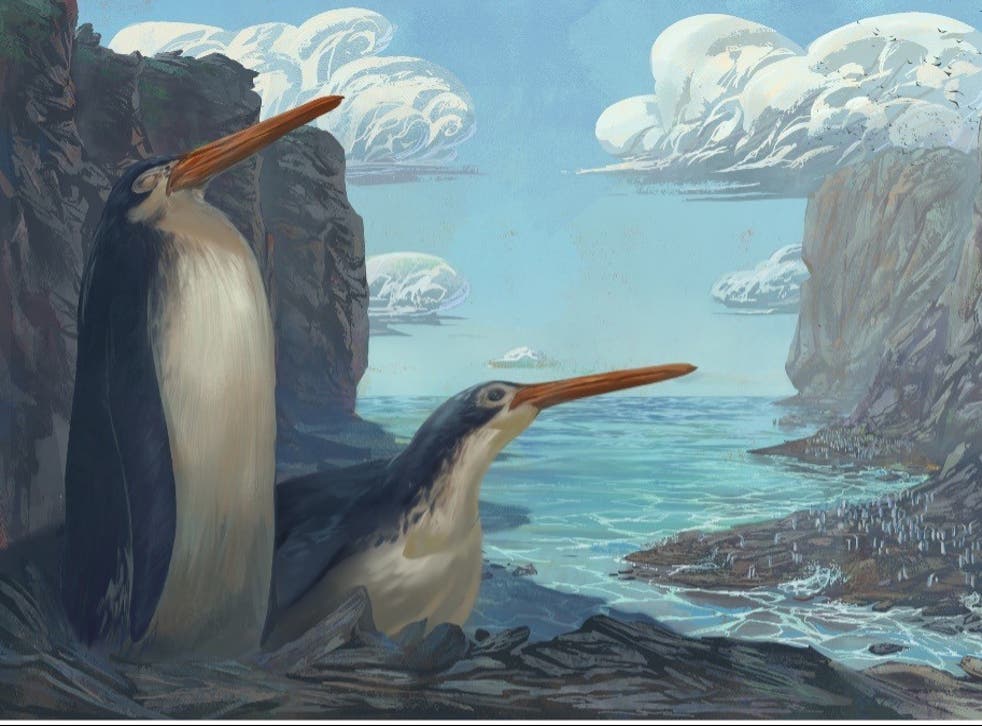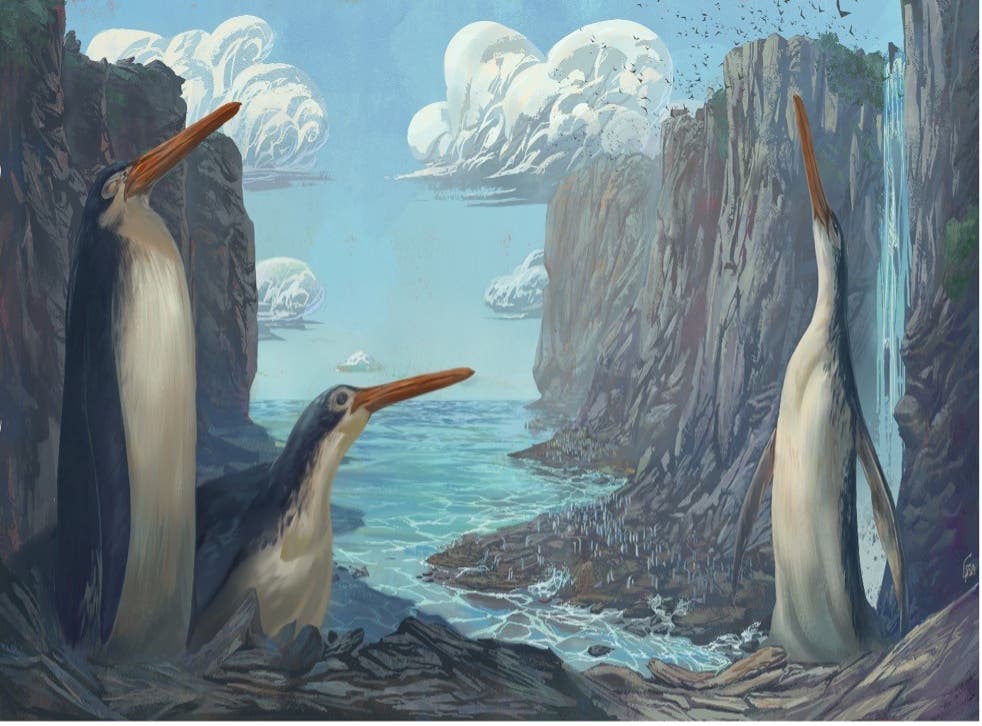By Rupak De Chowdhuri

© Reuters/RUPAK DE CHOWDHURI Children use microscopes as they attend an open-air class outside houses with the walls converted into black boards at Joba Attpara village
PASCHIM BARDHAMAN, (INDIA), (Reuters) - In a small tribal village on the eastern tip of India, an enterprising teacher has turned walls into blackboards and roads into classrooms, trying to close the gap in learning brought on by prolonged school shutdowns in the country
PASCHIM BARDHAMAN, (INDIA), (Reuters) - In a small tribal village on the eastern tip of India, an enterprising teacher has turned walls into blackboards and roads into classrooms, trying to close the gap in learning brought on by prolonged school shutdowns in the country
.

© Reuters/RUPAK DE CHOWDHURI Children use laptops in an open-air class outside a house with the walls converted into black boards at Joba Attpara village
Deep Narayan Nayak, 34, a teacher in the tribal village of Joba Attpara in Paschim Bardhaman district of the eastern state of West Bengal, has painted blackboards on the walls of houses and taught children on the streets for the past year. The local school shut down after strict COVID-19 restrictions were imposed across the country in March 2020.
Deep Narayan Nayak, 34, a teacher in the tribal village of Joba Attpara in Paschim Bardhaman district of the eastern state of West Bengal, has painted blackboards on the walls of houses and taught children on the streets for the past year. The local school shut down after strict COVID-19 restrictions were imposed across the country in March 2020.

© Reuters/RUPAK DE CHOWDHURI Deep Narayan Nayak teaches children how to use microscope in an open-air class outside the houses with the walls converted into black boards at Joba Attpara village
On a recent morning, children wrote on one such wall with chalk and peered into a microscope as Nayak watched over them.
"The education of our children stopped ever since the lockdown was imposed. The children used to just loiter around. The teacher came and started teaching them," Kiran Turi, whose child learns with Nayak, told Reuters.
Nayak teaches everything from popular nursery rhymes to the importance of masks and hand-washing to about 60 students and is popularly known as the "Teacher of the Street" to the grateful villagers.
Schools across the country have gradually begun reopening starting last month. Some epidemiologists and social scientists are calling for them to open fully prevent further loss of learning in children
On a recent morning, children wrote on one such wall with chalk and peered into a microscope as Nayak watched over them.
"The education of our children stopped ever since the lockdown was imposed. The children used to just loiter around. The teacher came and started teaching them," Kiran Turi, whose child learns with Nayak, told Reuters.
Nayak teaches everything from popular nursery rhymes to the importance of masks and hand-washing to about 60 students and is popularly known as the "Teacher of the Street" to the grateful villagers.
Schools across the country have gradually begun reopening starting last month. Some epidemiologists and social scientists are calling for them to open fully prevent further loss of learning in children
.

© Reuters/RUPAK DE CHOWDHURI Children help their teacher Deep Narayan Nayak pull a rack of books during their open-air classes outside the houses with the walls converted into black boards at Joba Attpara village
An August survey of nearly 1,400 schoolchildren done by a scholars' group https://roadscholarz.net found that in rural areas, only 8% were studying online regularly, 37% were not studying at all, and about half were unable to read more than a few words. Most parents wanted schools to reopen as soon as possible, it said.
Nayak said he was worried that his students, most of whom are first-generation learners and whose parents are daily wage-earners, would away from the education system if they didn't continue with school.
"I would see children loitering about the village, taking cattle for grazing, and I wanted to make sure their learning doesn't stop," he told Reuters.
An August survey of nearly 1,400 schoolchildren done by a scholars' group https://roadscholarz.net found that in rural areas, only 8% were studying online regularly, 37% were not studying at all, and about half were unable to read more than a few words. Most parents wanted schools to reopen as soon as possible, it said.
Nayak said he was worried that his students, most of whom are first-generation learners and whose parents are daily wage-earners, would away from the education system if they didn't continue with school.
"I would see children loitering about the village, taking cattle for grazing, and I wanted to make sure their learning doesn't stop," he told Reuters.

© Reuters/RUPAK DE CHOWDHURI A woman holding an umbrella walks past houses with the walls converted into black boards that children use during their open-air classes at Joba Attpara village
(Writing by Shilpa Jamkhandikar. Editing by Gerry Doyle)
(Writing by Shilpa Jamkhandikar. Editing by Gerry Doyle)











